Service Portfolio Management is basically looking for change proposals and defines the current and future services of a IT Service Provider. For identifying the correct services, the following questions must be answered:
- What is the value of the service for customers?
- Why should customers buy-in the service at ones own organization?
- How do pricing and billing modells like like?
- What are the strength, weaknesses, priorities and risks of ones own organization (analogous to SWAT analysis)?
- How should ressources and abilities allocated?
Scope
Service Portfolio Management aims to provide the required combination of services in the portfolio. This combination of services must fit the current and future requirements to subsist on the market. Therefore it is crucial to ensure a good balance between value and investions and risks and earnings opportunities.
There are multiple status a service can have:
- Service Pipeline
Contains all upcomming services to support future needs of the business - Service Catalogue
Contains all currently existing services - Decomissioned Services
Contains services, which are not in use anymore. They stay in an archive, as they might be re-used later on
Activities
Each new service goes through the following lifecycle:
- Service Pipeline
- Gather the requirements, based on:
- Strategy Management for IT Services
- Business Relation Ship Management
- ITSM Processes
- CSI
- Define the service
- Check the portfolio
- Define a service model (milestone)
- Analyse the service
- Analyze the service model
- Analyze required investments
- Define service value and priority
- Create a Business Case (milestone)
- Approve the service
- Approve the Business Case
- Create a Change Proposal (milestone) (–> Service Transition)
- Decide about the service
- Service Charter
- Create a Charter
- Check the Service Charter
- Communicate to other ITIL LifeCycles
- Continously check the progress
- Gather the requirements, based on:
- Service Catalogue
- Design the service
- Develop the service
- Build the service
- Test the service
- Release the service
- Operate the service
- Decomissioned Services
- Decommission the service
- Archive the service
Critical Success Factors
Please note that the following items are examples:
- CSF: There is a formal defined process for Serviceportfolio Management
- KPI: A formal process exists and is controlled by a Process Owner
- CSF: The ability to document every service with all supporting businessresults and -requirements
- KPI: Portfoliomanagement is established and completely defined
- KPI: Every service in the porfolio is linked to businessresults
- CSF: The ability to adjust services based on changes in the environment
- KPI: All changes in the internal and external environment have a defined action in the portfolio

